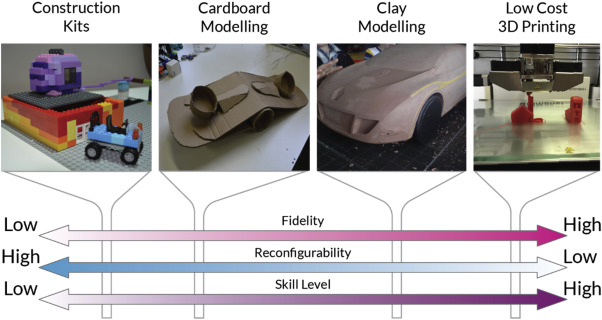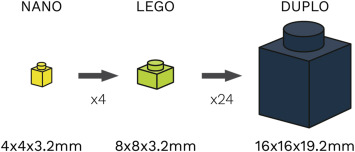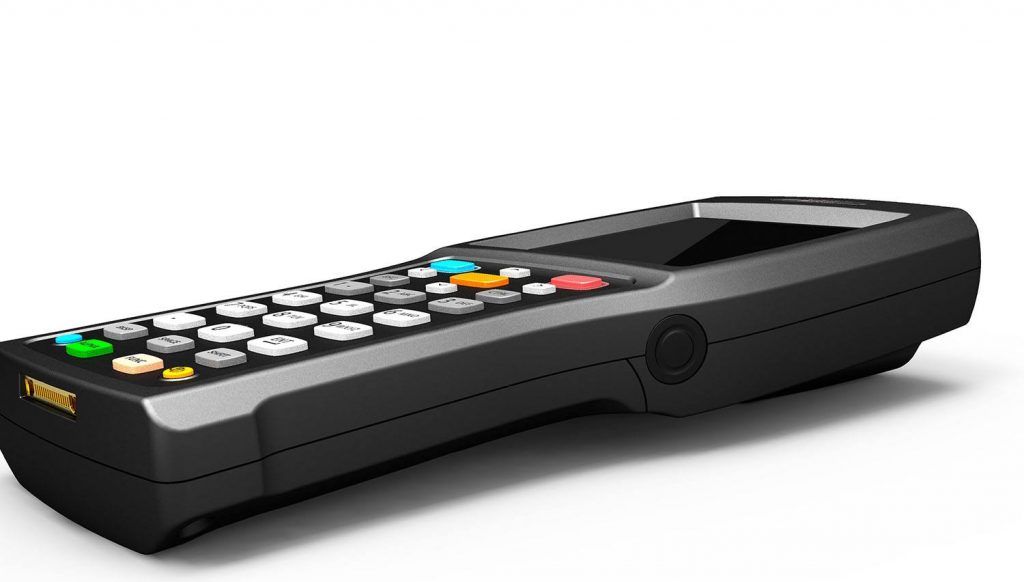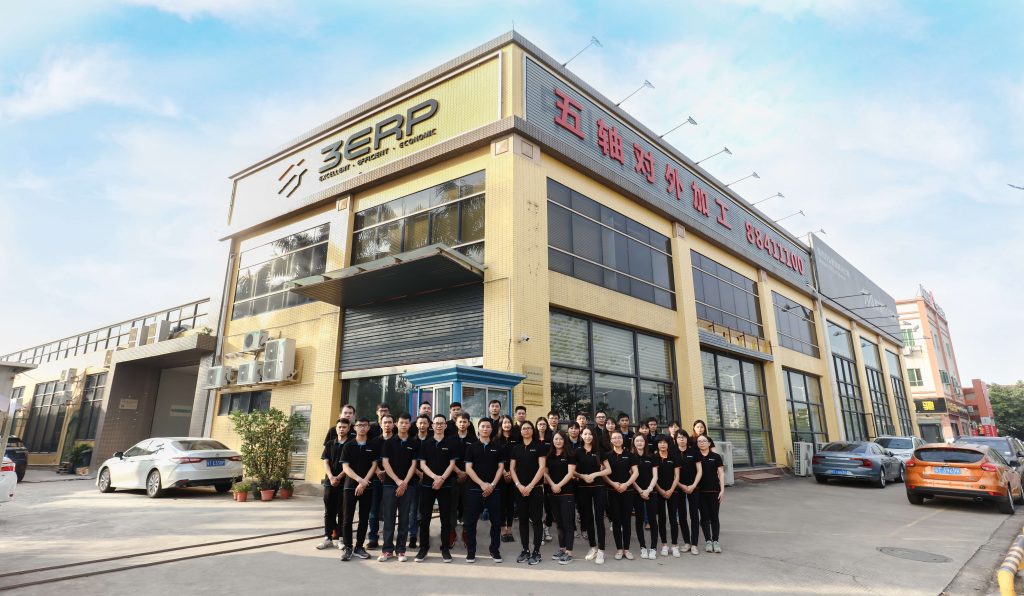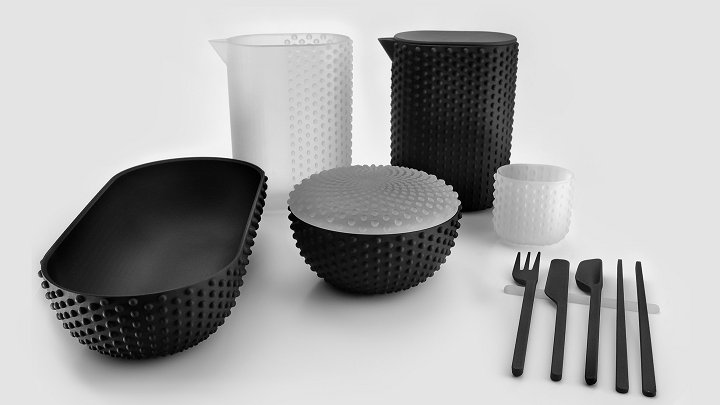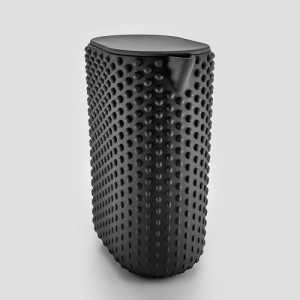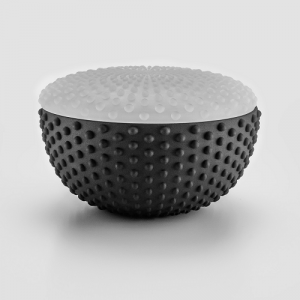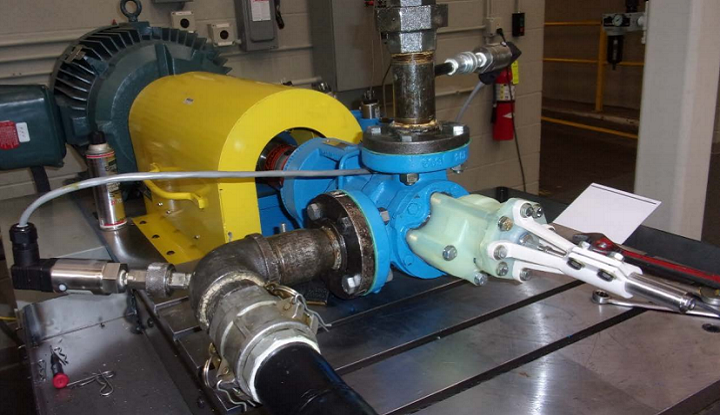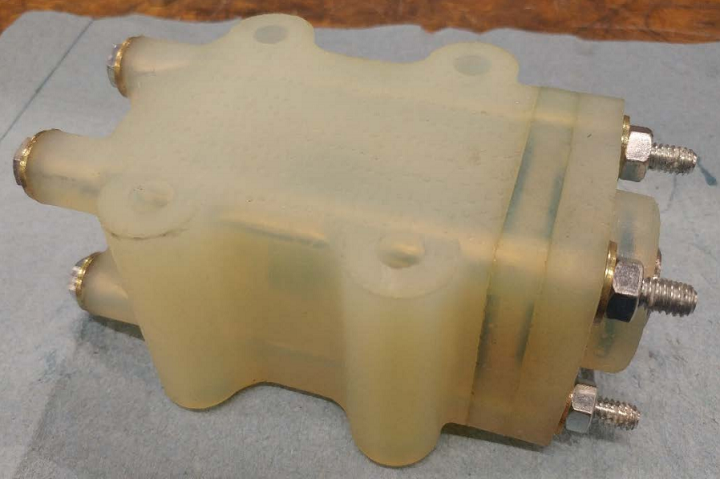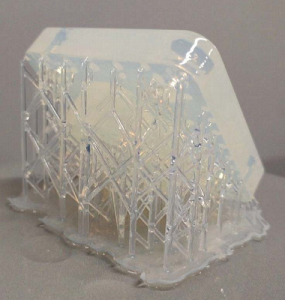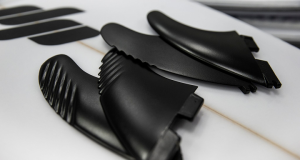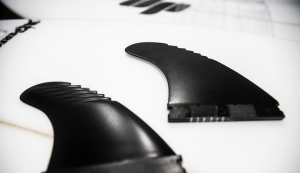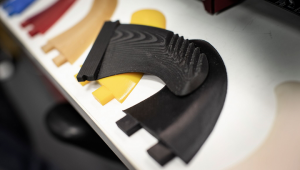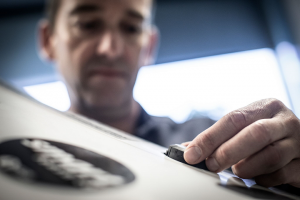I received my very first CD player as a birthday gift when I was in middle school; as it was the 90s, the system was a large, clunky boombox. As part of the gift, I received three new CDs as well, and I thought I was so cool listening to music on that stereo back in my bedroom. Over the years, there have been a wide variety of systems available on which people can listen to music, from tiny iPods and cassette, CD, and record players all the way up to giant stereos with huge subwoofer speakers. With the devices changing often, its the speakers that have been the least touched by technology so far.
No surprise here – 3D printing has been used numerous times to fabricate audio equipment, such as speakers, earbuds, and microphones. Paul Ellis is a London-based maker and founder of sole trader company Polymate3D, which is working to fabricate, according to its Facebook page, the “first 3D Printed full range speaker driver in kit form that you can make at home.” Ellis also says that the kit can be upgraded and customized by users.
“I have spent the last 2.5 years working on and developing a 60mm speaker driver with printed cone, former, basket, surround & Spider. This has led to 28 prototypes so far and does use other components. These include screws, glue, copper wire, magnets, and a steel tube,” Ellis told 3DPrint.com. “The result is the last prototype, P28 achieving 80dB @ 1W/1M which matches it with the performance for some industry drivers of the same size. Examples include the Aura NS3 and Tang Band W3-1876S. I believe this is the only example of 3D printing being utlised to create product capable competing in the audio field. Everything before it has shown a proof of concept, but nothing more.”
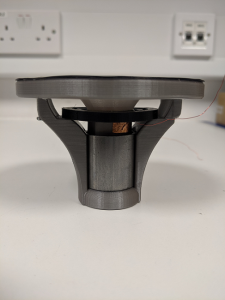 According to the website for Polymate3D, which was founded earlier this year, it took Ellis thousands of hours of hard work – and nearly 20 prototypes – to create the FD61 driver, which is the first model Polymate3D is releasing to the public.
According to the website for Polymate3D, which was founded earlier this year, it took Ellis thousands of hours of hard work – and nearly 20 prototypes – to create the FD61 driver, which is the first model Polymate3D is releasing to the public.
The website states, “Polymate3D may be in it’s infancy, but it is just the start on a long and vast product range aimed to distrupt the current industry, and put more power in the hands of you, the consumer!”
Ellis began working on his first speaker builds when he was just 19, and eventually obtained an analyzer and calibrated flat response microphone in order to compare his work to what was currently available on the commercial market. What he learned was very valuable – the material used to make the speaker makes “a distinct difference.”
“So I have designed my own speakers and 3D printers. I have produced speakers and desired there to be something that doesn’t exist. Designing is what I enjoy, and so I have spent the last 2 years on this project, and developing a plan to make my passion my career,” Ellis wrote on the Polymate3D website.
The FD61 full range speaker relied a lot on 3D printing, and also features an interchangeable drivetrain. Ellis has tested out over 90 different cone designs for the speaker, and used a variety of 3D printing materials. Speaking of which, he used filaments from Fillamentum and 3DXTECH to create a demo speaker design, which will be displayed by 3D FilaPrint at the Advanced Engineering UK show next month in Birmingham.
“On top of this, I have analysed and done frequency response results for some of my attempts, showing a frequency response of 100<8,000Hz so far, and continuing to improve this,” Ellis told us.
Polymate3D will soon start a Kickstarter campaign for the 3D printed speaker driver. In the meantime, you can follow the project’s progress, and even offer advice if you have any, on the Polymate3D FD61 diyAudio page.
What do you think of this project? Discuss this story and other 3D printing topics at 3DPrintBoard.com or share your thoughts in the Facebook comments below.
[Images: Polymate3D]
The post Paul Ellis of Polymate3D is 3D Printing Speaker Drivers in Kit Form appeared first on 3DPrint.com | The Voice of 3D Printing / Additive Manufacturing.



